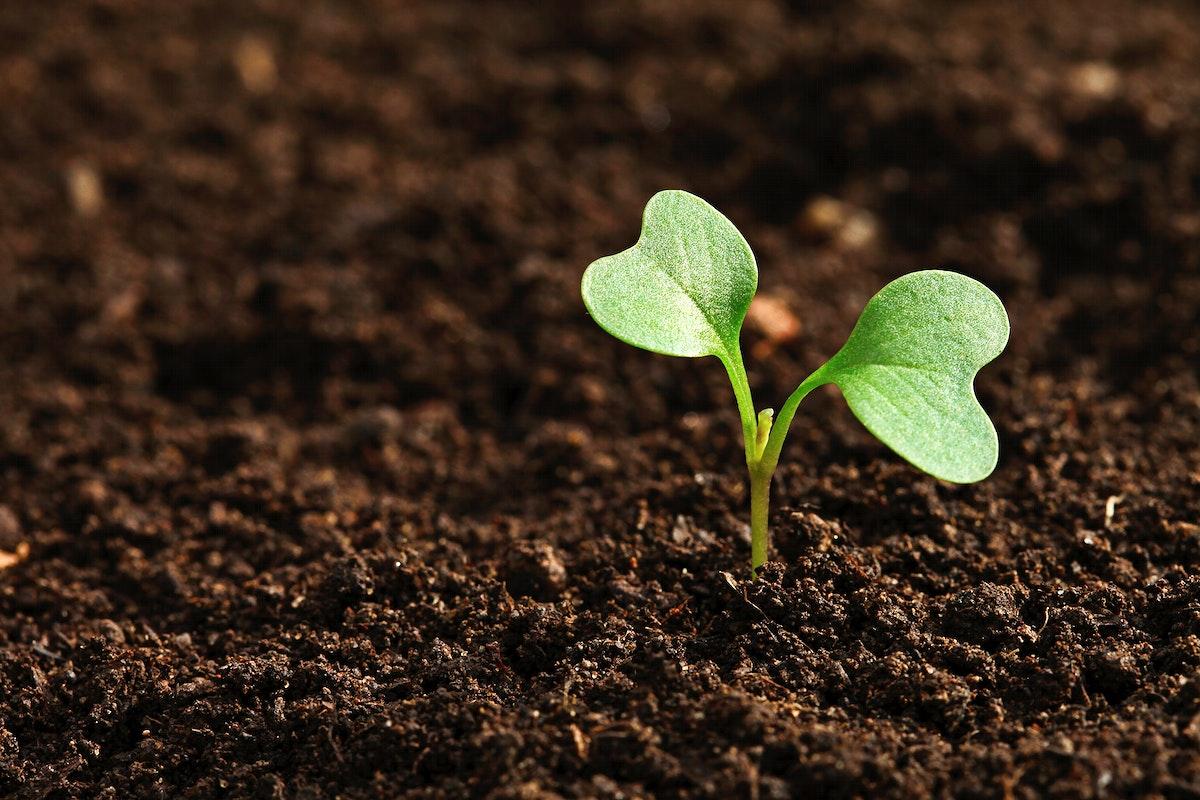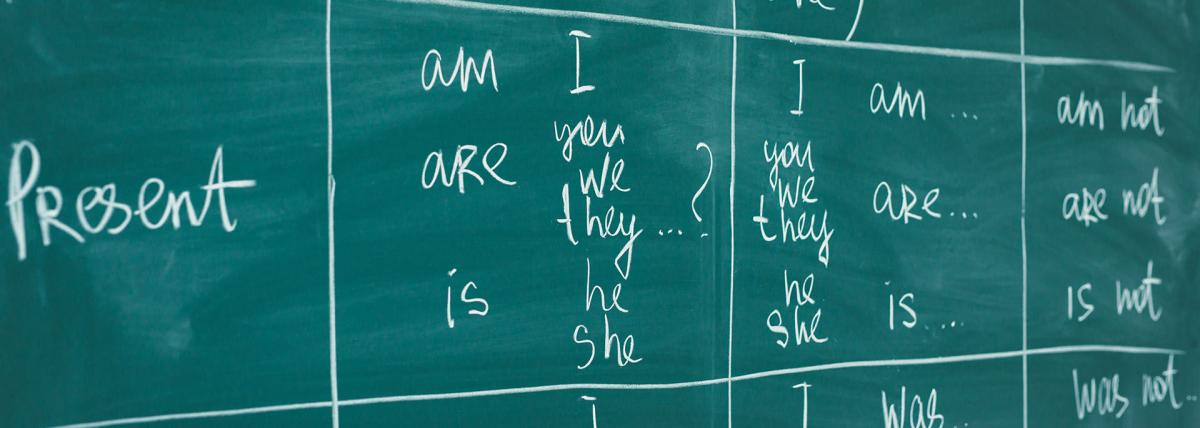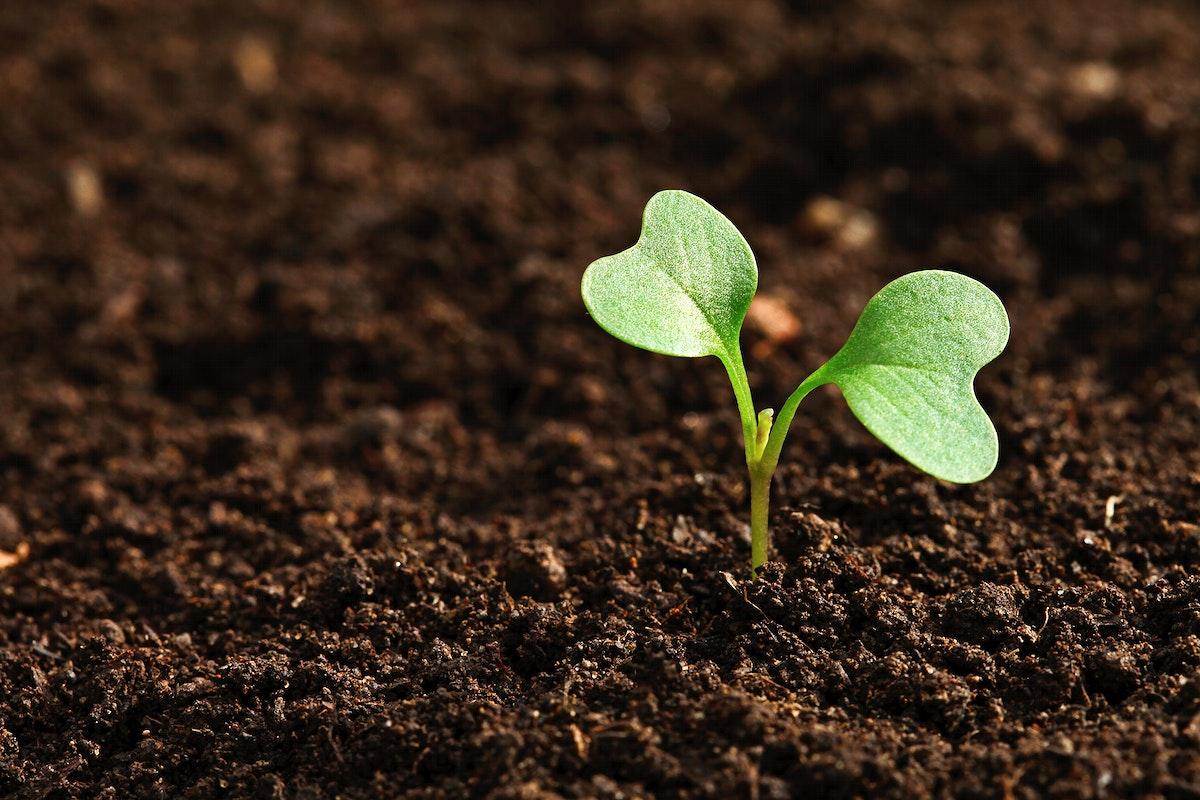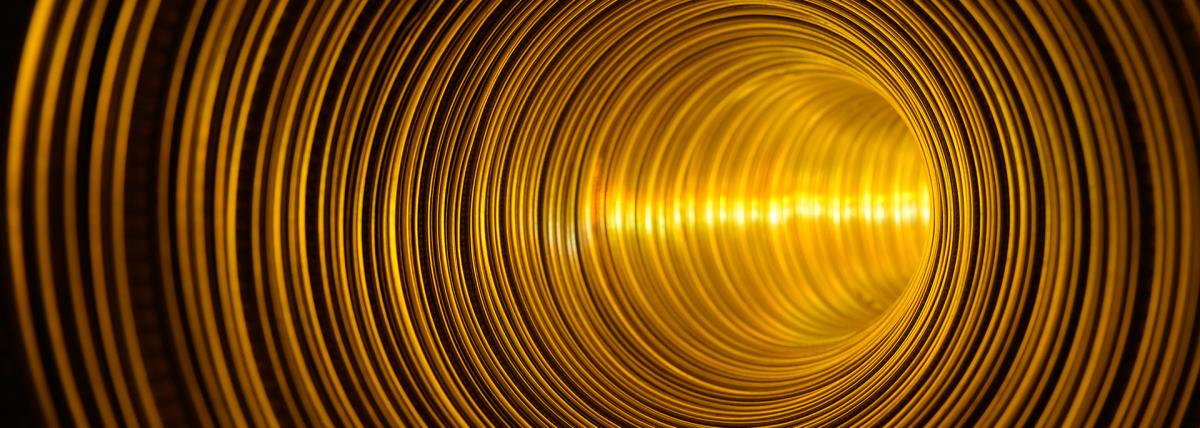
Solutions to School Waste Part 3
by Renee Lang
Students will continue their investigation into school waste by exploring the area provided for a composting. Students will measure to find the volume of the three compost spaces. They will then decide using information from what they learned about composting, the data collect on school waste, and time if this area is feasible.
Lesson Plan Link/URL
https://docs.google.com/presentation/d/1GxHaT6vKWnMK7nDv606fflP4SOQK3Buy/edit?u…Subject Area
Engineering S3: Apply Mathematics to Engineering S7: Apply Project Management to Engineering Mathematics Measurement and Data (MD)
Featured
Off
Related Content


Grades:
6th Grade, 7th Grade, 8th Grade, 9th Grade
In this lesson, students will explore the different pigments in green plants using spinach leaves. Students will identify the pigments by doing a lab using paper chromatography. They will observe the

Grades:
6th Grade, 7th Grade, 8th Grade
Students will use geometric reasoning and the engineering design process to construct solar ovens while learning about renewable energy.